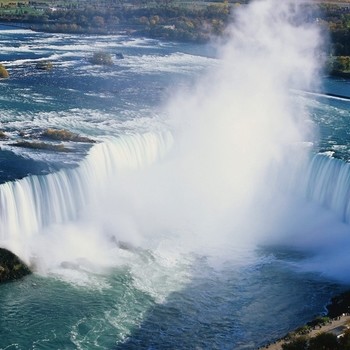How do you find the mass, volume, and density of an object, and what formulas and Sl units are used for each? Would equal volumes of two different substances have the same or different masses? Why?
1 Answer
Jun 5, 2017
Mass is just how much of a solid substance you have and volume is the amount of a liquid substance you have. Density is how much of the substance you have per unit of volume.
Explanation:
Mass is measured in
The formula for density is given by the following equation:
It is possible for two substances to have equal volumes but different masses, depending on their densities. Take water. for example, which has a mass of

